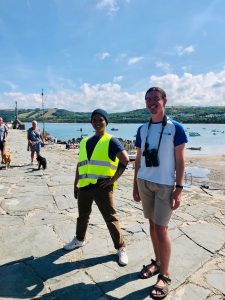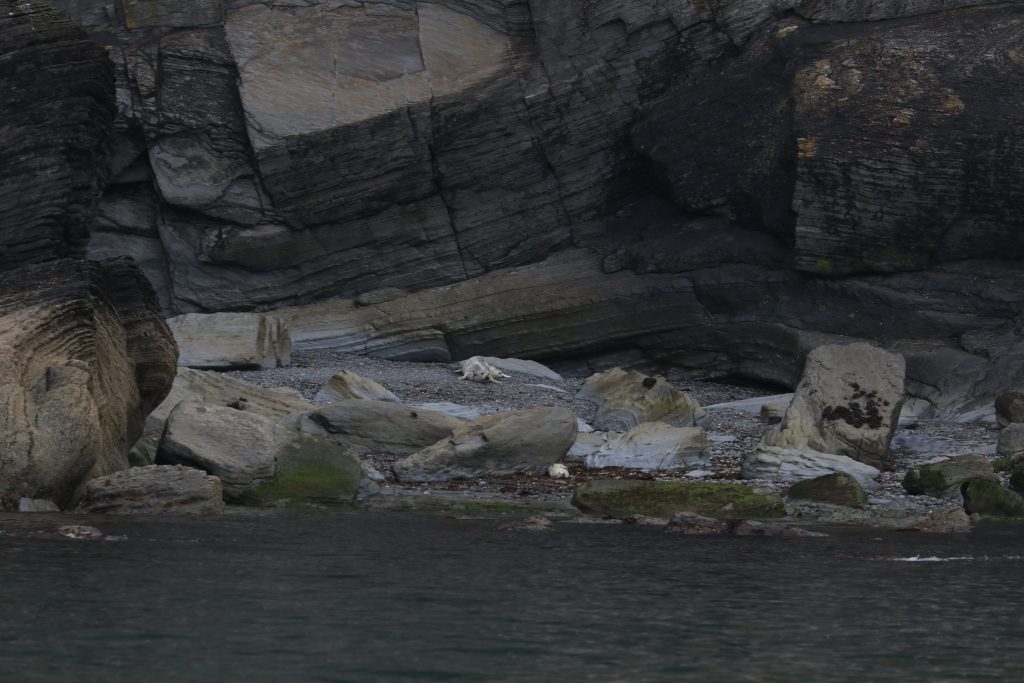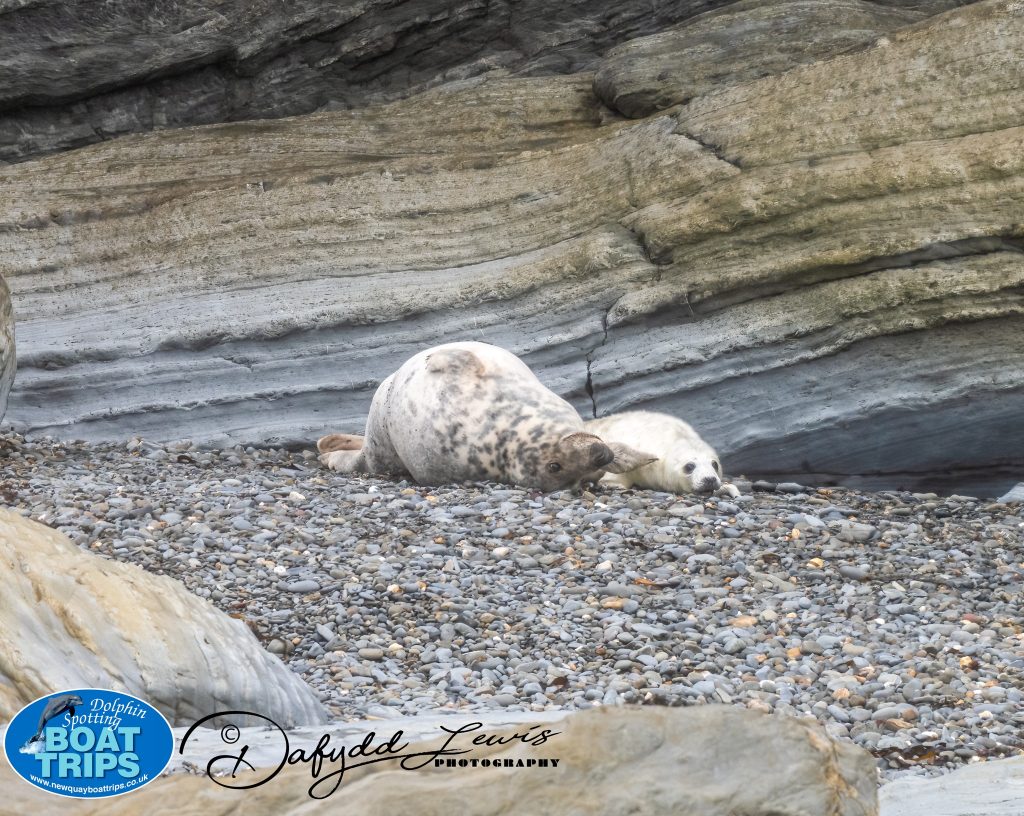At Sea Watch Foundation we strive to involve the public in our scientific monitoring, raise awareness and understanding of the threats marine mammals face and educate how we can better protect these species. Each year we run a short Cetacean Survey Training Course to offer an opportunity for participants to learn about British cetaceans, how to survey for them and in turn, contribute to their conservation. Throughout the course the participants are able to get directly involved with our Cardigan Bay Monitoring Project in the Cardigan Bay Special Area of Conservation (SAC).
We have been running courses such as this one, training observers and students, for over thirty years, making our charity one of the most experienced organisations in the UK for delivering such training. This year the course took place on August Bank Holiday (27-28th August) and we had six people join us for here in New Quay for the weekend.
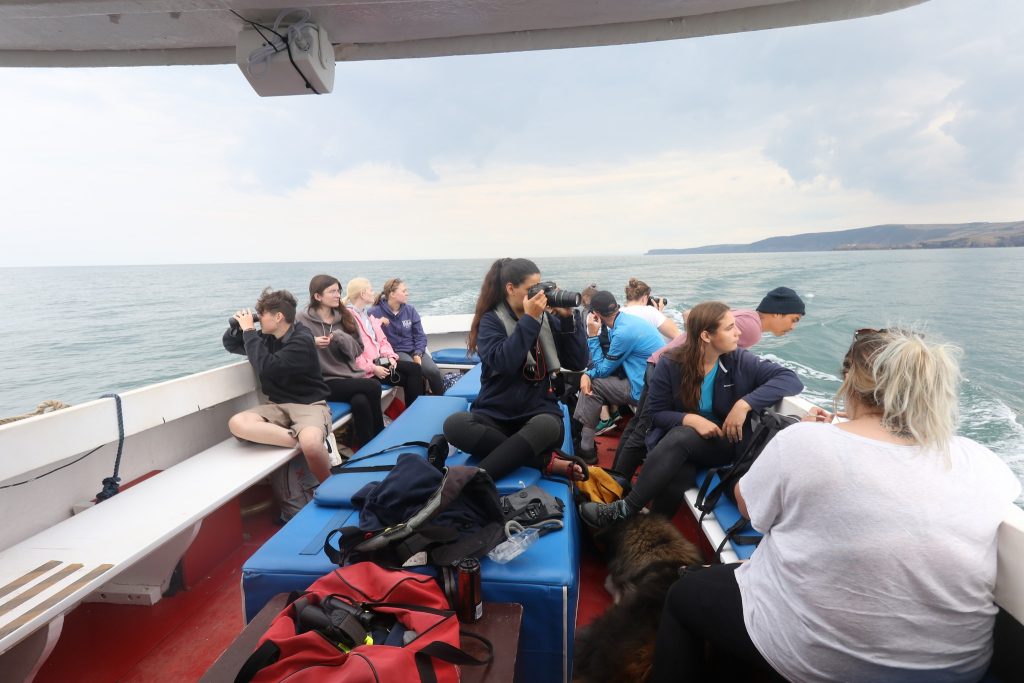
The training course consists of illustrated lectures and video presentations, as well as land-based watches and a boat survey with Dolphin Spotting Boat Trips.
Saturday began with everyone arriving early at our office in New Quay for a tour and introduction to the course. Claudia and Katrin then delivered lectures on our Sightings Network and an overview of cetaceans, their classification, life history, behavioural ecology, and adaptations to their environment. Katrin then went on to discuss the marine mammals that we have here in Cardigan Bay before the practical sessions and land-based surveys in the afternoon. Our interns, Ken and Thomas leant a helping hand in teaching those on the course how to conduct landwatches from the pier.
Our Cardigan Bay Monitoring Project uses photo identification to monitor the dolphins in Cardigan Bay. As each dolphin can be identified by their unique nicks, notches and blemishes we are able to determine which dolphins are being seen. This then contributes to a better understanding of dolphin movement, population, and social structures. Katrin showed the course partipants how, once we are back in the office, we go through all of our photos to try and match each fin to the dolphins in our extensive catalogue.
The photo below gives an idea of the unique fins that we see in bottlenose dolphins. This dolphin, Riptide, is often seen from the wildlife trips in New Quay with his distinctive white blemishes and notches along the dorsal fin.
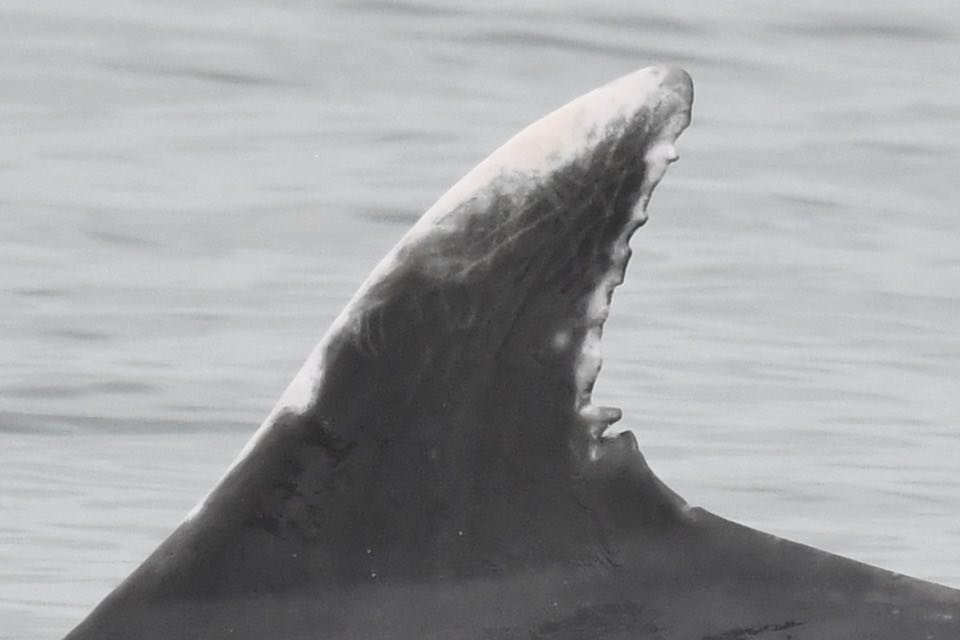
On Sunday, everyone congregated on the pier to conduct another land-based watch. Throughout the summer season, it is important that these land-based watches taking place throughout each day to build up a bank of data that can then be used in further studies. These further studies could include research into bottlenose dolphin response to boat traffic as we explored in this recent post.
We then all returned to the office for further lectures on conservation and management of cetaceans and their sounds. At 2pm, we took our newly trained observers out for their first boat-based survey with Dolphin Spotting Boat Trips. Everyone did an incredible job and, despite the lack of dolphins, there was great enthusiasm and moral throughout the three hour survey. We were lucky to see some of the grey seal population and their new pups! Our Sightings Officer, Claudia named one after our Director – Peter!
Many thanks to everyone who joined us for the course in New Quay this year, good luck with all your future observing! Our next training course is our annual trip to Bangor University to deliver lectures and field training to undergraduates. Our Monitoring Officer, Katrin and Sightings Officer, Claudia will be heading up to Bangor to join Peter to run the course at the university. If you’re interested in joining our Cetacean Survey Training Course next year, check this page to find out more details and we will be releasing next year’s date(s) this autumn.
In the meantime we have our online guides on our website, training videos on our YouTube channel and species fact files over on our Instagram page. You can also download our free Sea Watcher App to record your own sightings and find more species guides!
Katie Baker Communication and Outreach Officer

